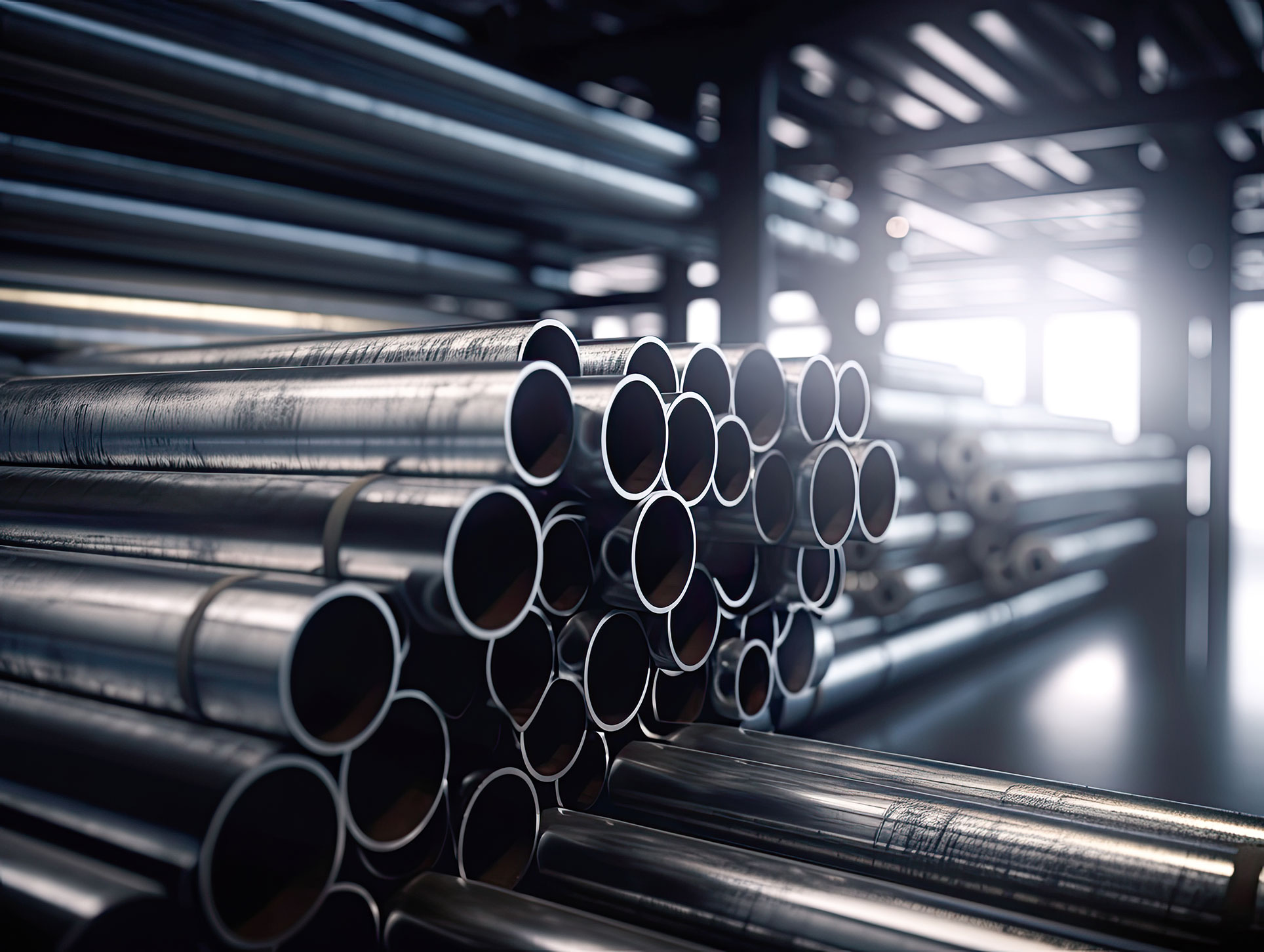We have been supplying exceptional ERW tubes to clients for decades. Being an ISO 9001 Registered company, we always maximise quality in every area. This includes the tubing itself plus a wonderful standard of customer care to ensure everyone is happy. We can also handle orders of varying sizes. Ours is a comprehensive service that strives to cover every angle.
A change to chemical and physical structures
 Heat alters the chemical and physical structure of nearly everything. Once the majority of solids reach a specific temperature, they change their condition. You might remember learning this during science lessons at school. Here, you would have used water to explore gaseous, liquid, and solid states. Ice goes to a liquid from a solid when it gets to a temperature we call the melting point. For water, it is 32ºF or 0ºC.
Heat alters the chemical and physical structure of nearly everything. Once the majority of solids reach a specific temperature, they change their condition. You might remember learning this during science lessons at school. Here, you would have used water to explore gaseous, liquid, and solid states. Ice goes to a liquid from a solid when it gets to a temperature we call the melting point. For water, it is 32ºF or 0ºC.
At the melting point, a material has a perfect equilibrium between frozen and melted. Cool things off by one degree, and your materials start to solidify. Heat things up and the object will liquefy. In both cases there can be big changes to the chemical and physical properties.
Metals melt when they are hot enough
When exposed to a temperature that is high enough, metals melt. Before that they soften when they experience high heat. All the various metals don’t possess the same melting point. Even the different grades or alloys of the same metal aren’t going to melt at the same temperatures. Specifically, we want to discuss stainless steel’s melting point here.
You could be an engineer or metal worker who uses stainless steel in high temperature environments. If so, you must know the melting point. Or else, you could turn what was initially a useful item into a complete mess. This is not what you want to happen with your ERW tubes.
How do we figure out stainless steel’s melting point?
There are various factors to contemplate here. So, you are probably wondering how experts pinpoint the exact temperature. What they do is use something known as the melting point determination principle. It depends on the change of a material in light conduction capacity to figure out when it melts. A solid crystalline medium is going to move over five points of light conductivity. It will finally reach a clear point as a liquid state.
Researchers use the capillary method to determine the melting point of an alloy or element. They pack a material sample into a thin-walled capillary tube. This will be next to a precise thermometer and heat source. Afterwards, the researchers increase the temperature, doing so at a rate of 1ºC every minute. The substance within the tube will get to a completely liquid state in time. When it does, researchers make note of the temperature as the substance’s melting point.
Stainless steel’s melting point falls between 1400 and 1530ºC or 2550 and 2790ºF. The exact temperature of a grade of stainless steel relies upon its precise chemical composition. Every element provides its own melting point to the equation, so it impacts the one for the alloy.
The leading elements making up stainless steel include nickel, chromium, and iron. Pure iron possesses a fixed melting point of 1535ºC, nickel of 1453ºC, and chromium 1890ºC. That leads to the 1400-1530ºC range for stainless steel. It varies depending on the quantities of elements and other additives.
We have many ERW tubes available
At Union Steel Tubes, we are able to offer clients a considerable variety of ERW tubing. There are more than 200 separate sizes available. In addition, we have several shapes like oval, square, rectangular, and round. Special options like seamless and pre-galvanised are also on offer here.
So, if you have an interest in any ERW tubes, you are welcome to contact us. We can help you to choose the right products, noting important details like the melting point and other characteristics.


